SafeLogic
perating a forklift is a critical task that requires experience, precision, and an unwavering focus on safety. While these machines provide operators with substantial power and an exceptional range of capabilities on a job site, it is important to acknowledge the skills required to operate safely to avoid damage and injury. Here are five tips every operator should know when utilizing a forklift. By following these tips, you can create a safer workplace, reduce accidents, and improve productivity.
- Avoid excessive tilting or raising of the mast when carrying a load. This can shift the center of gravity and compromise stability.
- Tilt the mast slightly backward to improve visibility and stability.
- Watch out for uneven or slippery surfaces that could compromise stability.
- Keep an eye out for debris, potholes, or other obstructions that could cause tip overs.
- Exercise extra caution when operating on inclines or ramps. Always travel with the load uphill and travel downhill without a load whenever possible.
- Be cautious of sharp obstacles such as ramps, curbs, door frames, and speed bumps. Approach them slowly and at a slight angle to prevent abrupt shocks or jolts that may lead to load shifting or tip overs.
Regulations regarding forklift operation and safety standards are constantly evolving. Ongoing training ensures that operators are aware of the latest regulations and comply with them. Workplace accidents involving forklifts and heavy machinery often result in detailed OSHA inspections and can yield some of the largest citations.
Forklifts are heavy, powerful machines that help workers complete tasks more efficiently, but they are also capable of causing great damage and injury. Anyone can be an operator, but a great operator is someone who ensures their own safety along with the safety of others by performing daily pre-use inspections, wearing their seatbelts, following load capacity charts, understanding the stability triangle, and staying up to date on training and safety regulations. Follow these tips and go be great!
